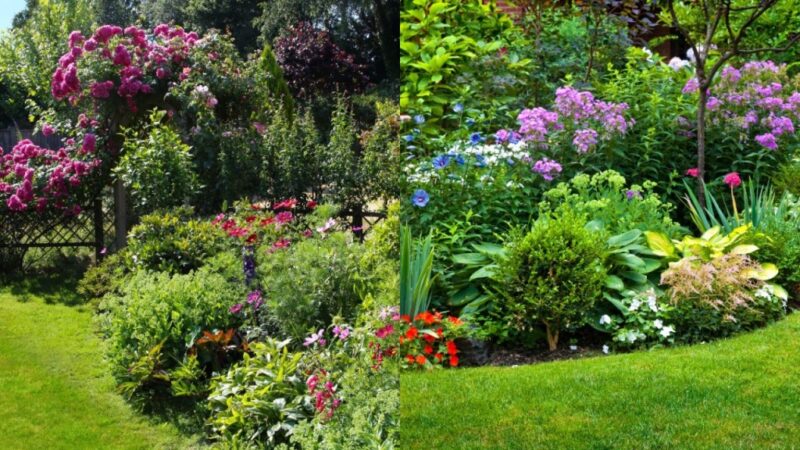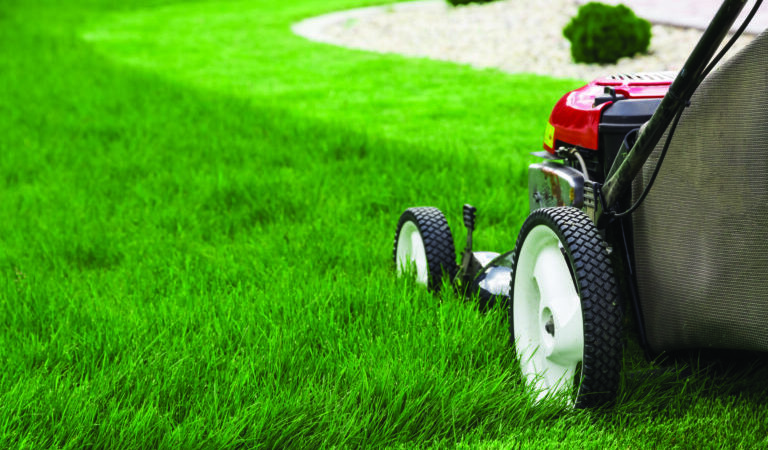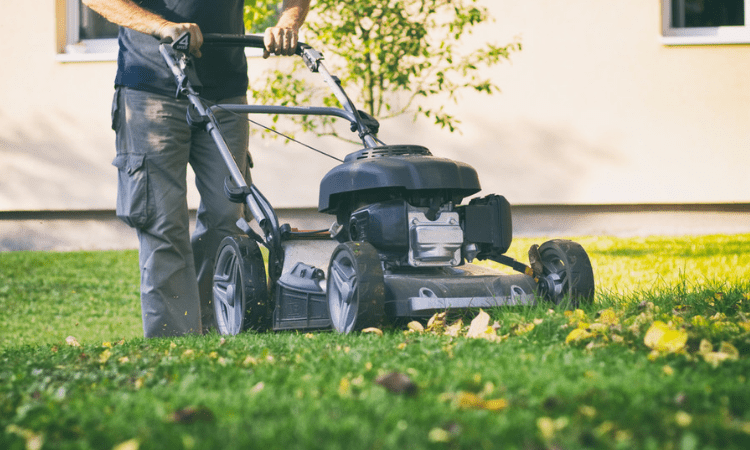How to Grow and Care for Lily Flower
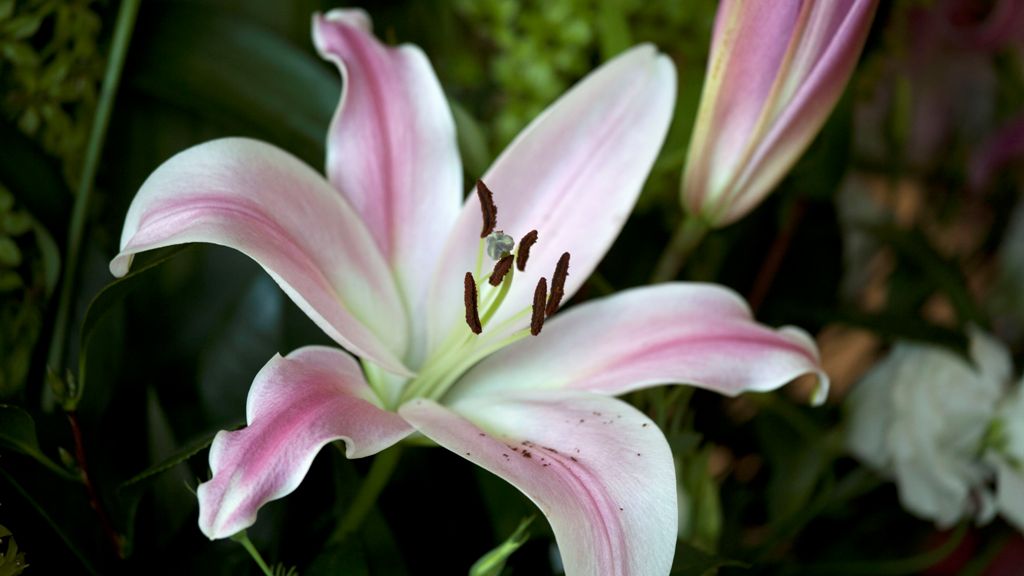
The large and showy blooms lilies add stunning elegance to the yard and garden from early to midsummer. It is known for its vibrance, fragrance, and versatility, as it is a popular choice for flower arrangements for many occasions. White lilies signified chastity and virtue and were regarded as the symbol of the Virgin Mary’s purity and the role of Queen of the Angels.
The other varieties of Lilies are also popular as they bring in with them additional meanings and symbolism completely. Lilies are one of the most traditional flowers in the horticulture trade with almost 100 species of lily, including even more varieties. The plant has been cultivated for centuries creating more stronger hybrids and varieties along the way. The edible part of a lily is below the ground found in the form of a bulb structure. This bulb is a stout, extensive stem that collects energy for a plant through dormancy in terms of botany.
Cultivation
The popular varieties prefer acidic to neutral soil, and some of them are lime-tolerant or prefer alkaline soils and loosen it to a depth of 12 to 15 inches. The deep planting supports the developing stalk to give out bulbs to help maintain the plant and possibly drop the requirement for staking.
Sun Tolerance
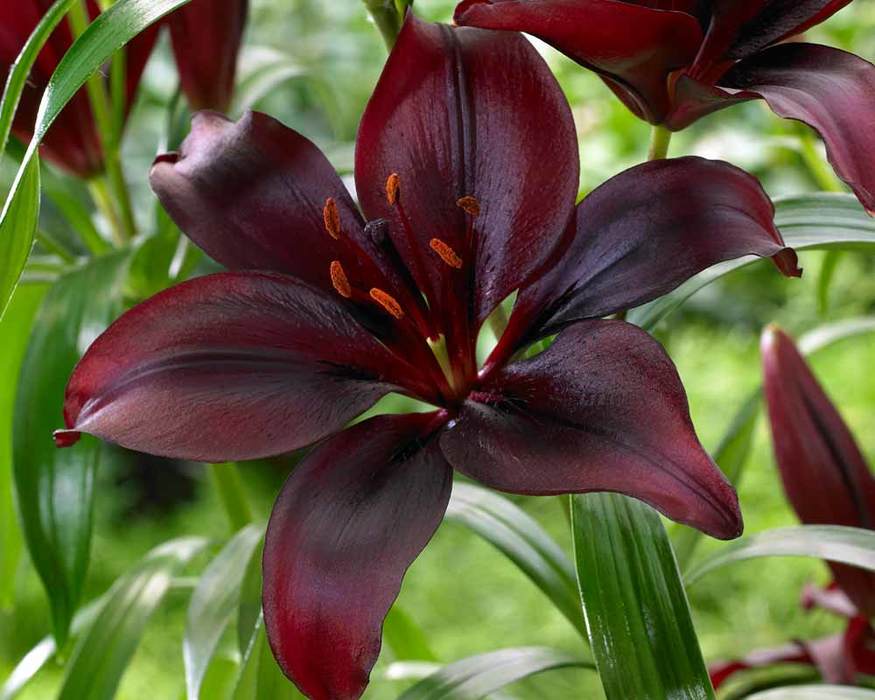
Lilies need plenty of sun for their growth. During reliable blooms, the plants need 6 to 8 hours of direct sunlight a day, also called the full sun. The stems tries to lean towards the sun or get spindly and fall over when too shady.
Water Requirements
The plant should be watered thoroughly since the day planted for ensuring the best growth. It is advisable to plant the bulbs 3 times as broad as the height of the bulb and place it in the hole pointy side up.
Blossom Time
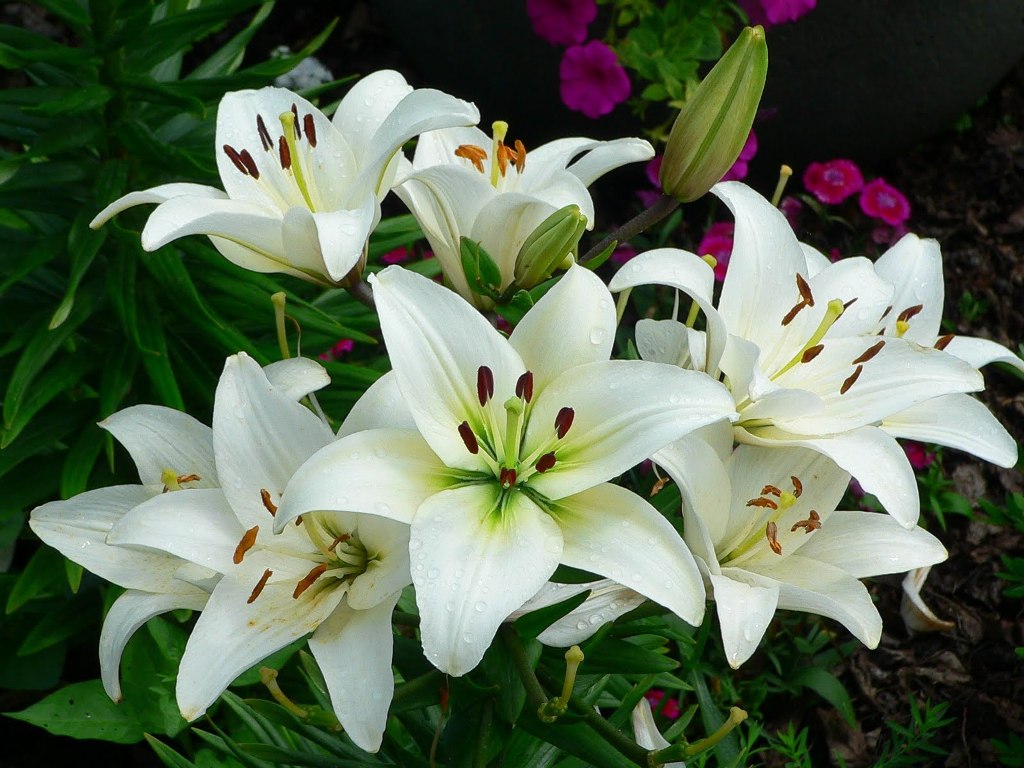
Lilies lead to bloom from early summer to fall, depending on the variety and species. The mid-season and late varieties into enjoy magnificent blooms from spring through the first frost by blending carefully.
Temperature and Moisture
In most regions, lily bulbs can be planted in the fall, a few weeks before the winter. The plants grown in the autumn have well-established roots in the spring and benefit from winter cold to create big blooms.
Pests and Fertilizers
Lily Beetle is one of the common pest problems associated with Lilies. These 8mm long striking red beetles can be found anytime from March to October. To prevent these from pests, suitable insecticide can be used. However, resist spraying lilies in flower, as sprays could exhibit a danger to pollinating insects.
Varieties
The other great lily varieties to grow in the garden are:
- Lilium martagon – Hardy and excellent for naturalizing amongst shrubs that reach 1m and blooms in June or July.
- Lilium regale – Popular giant white, flushed with pink, scented trumpet flowers in July that reach 1.5m.
- Lilium speciosum var. rubrum ‘Uchida’ – Late flowering lily with a soft scent, pink edged with white and reaches a height of 1m.
- Lilium’ China Girl’ – Hardy oriental type with pale-pink scented flowers that reach 60cm in July to August.
Lilies should be spaced at a distance equal to three times the bulb’s diameter that is usually 8 to 18 inches apart, depending on the type. It is recommended for visual appeal to plant lilies in groups of 3 to 5 tubes. The bulb can be planted three times its depth in outdoors or also in a container.
Lily flowers should be cut as soon as they wilt. The flower blooms dropped in place produce seed and redirect energy from flower production and plant maturity. The flowers can be cut or pinched off for different arrangements of bouquet or garlands. The stalks should be cut when the blooms first start and can be used in decorative designs.
Lilies are upright perennial plants with green stems, rough bulbs, regularly narrow leaves, and individual or grouped flowers. The six petals like arrangement flowers form the shape of a trumpet. They are genetically added to develop once a year, with the number of beautiful flowers evolving as the plants grow.
